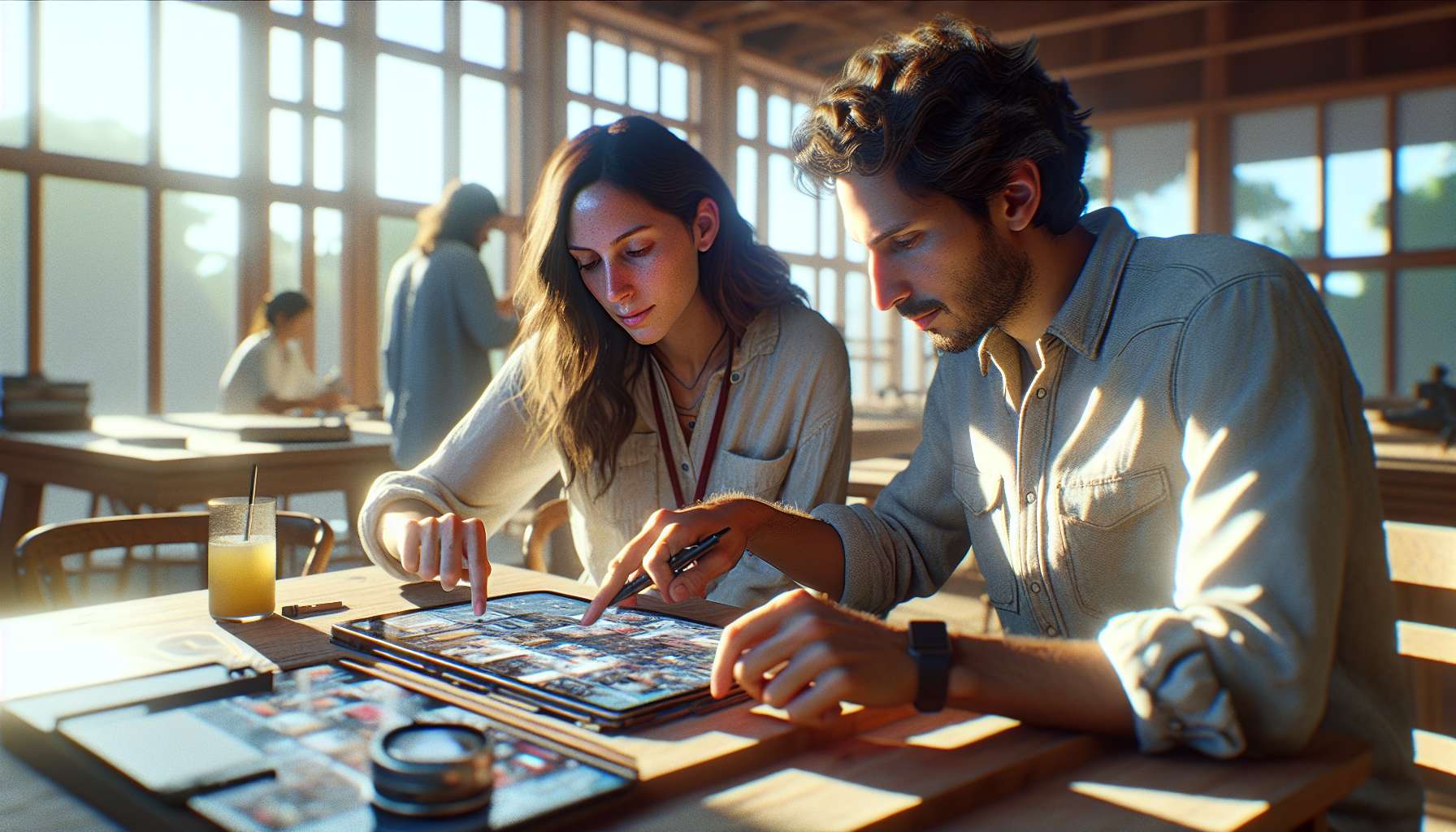Unlocking the Power of Augmented Reality to Craft Immersive Brand Stories
Augmented Reality (AR) has revolutionized the way businesses engage with their customers. By blending the virtual world with the real world, AR offers a unique opportunity to create immersive brand experiences that captivate and resonate with audiences. In this article, we will explore how AR can be leveraged to build compelling brand stories that leave a lasting impression.
What is Augmented Reality?
Before we dive into the exciting world of AR-powered brand storytelling, let’s quickly recap what augmented reality is. AR is a technology that overlays digital content onto the real world, enhancing our perception and interaction with our surroundings. Unlike virtual reality, which creates a completely immersive digital environment, AR enhances our existing reality by adding virtual elements.
The Power of Immersive Experiences
Immersive experiences have become a powerful tool for brands to connect with their target audience. By leveraging AR, businesses can transport their customers into a virtual world where they can interact with products, explore brand narratives, and engage in memorable experiences. This level of interactivity not only captures attention but also fosters a deeper emotional connection with the brand.
AR for Building Brand Stories
AR offers endless possibilities for crafting brand stories that resonate with consumers. Here are a few ways businesses can leverage AR to build immersive brand experiences:
- Product Visualization: AR allows customers to visualize products in their own environment before making a purchase. For example, a furniture retailer can use AR to enable customers to see how a sofa would look in their living room, enhancing the shopping experience and reducing purchase hesitation.
- Interactive Packaging: Brands can bring their packaging to life by incorporating AR elements. By scanning a product’s packaging with a smartphone, customers can unlock hidden content, such as videos, 3D models, or interactive games. This not only adds an element of surprise but also provides an opportunity to communicate brand values and messages.
- Virtual Try-On: AR-powered virtual try-on experiences have transformed the beauty and fashion industries. Customers can virtually try on makeup, accessories, or clothing, allowing them to make more informed purchase decisions. This not only enhances the customer experience but also reduces returns and increases customer satisfaction.
- Location-Based Experiences: Brands can create location-based AR experiences to engage customers in specific physical locations. For example, a museum can use AR to provide interactive tours, bringing exhibits to life with additional information, animations, and interactive elements.
Success Stories and Results
Several brands have already embraced AR to build their brand stories and have achieved remarkable results. For instance, IKEA’s AR app, which allows customers to virtually place furniture in their homes, has not only increased customer engagement but also boosted sales. Similarly, cosmetic brands like Sephora and L’Oreal have seen significant improvements in customer satisfaction and conversion rates by offering virtual try-on experiences.
The Future of AR for Brand Storytelling
The future of AR for brand storytelling is incredibly promising. As technology continues to advance, we can expect even more immersive and interactive experiences. With the rise of 5G networks, AR experiences will become faster, smoother, and more seamless, further blurring the lines between the physical and digital worlds. Additionally, advancements in artificial intelligence will enable brands to personalize AR experiences based on individual preferences and behaviors, creating even more impactful brand stories.
Conclusion
Augmented Reality presents a unique opportunity for businesses to craft immersive brand stories that captivate and engage audiences. By leveraging AR, brands can create interactive experiences that leave a lasting impression, foster emotional connections, and drive business results. Whether it’s visualizing products, interactive packaging, virtual try-on, or location-based experiences, AR offers endless possibilities for building compelling brand narratives. So, why not explore the world of AR and unlock the power of immersive brand storytelling for your business?





